Find out about the types of salt for cooking and how to use to use them.
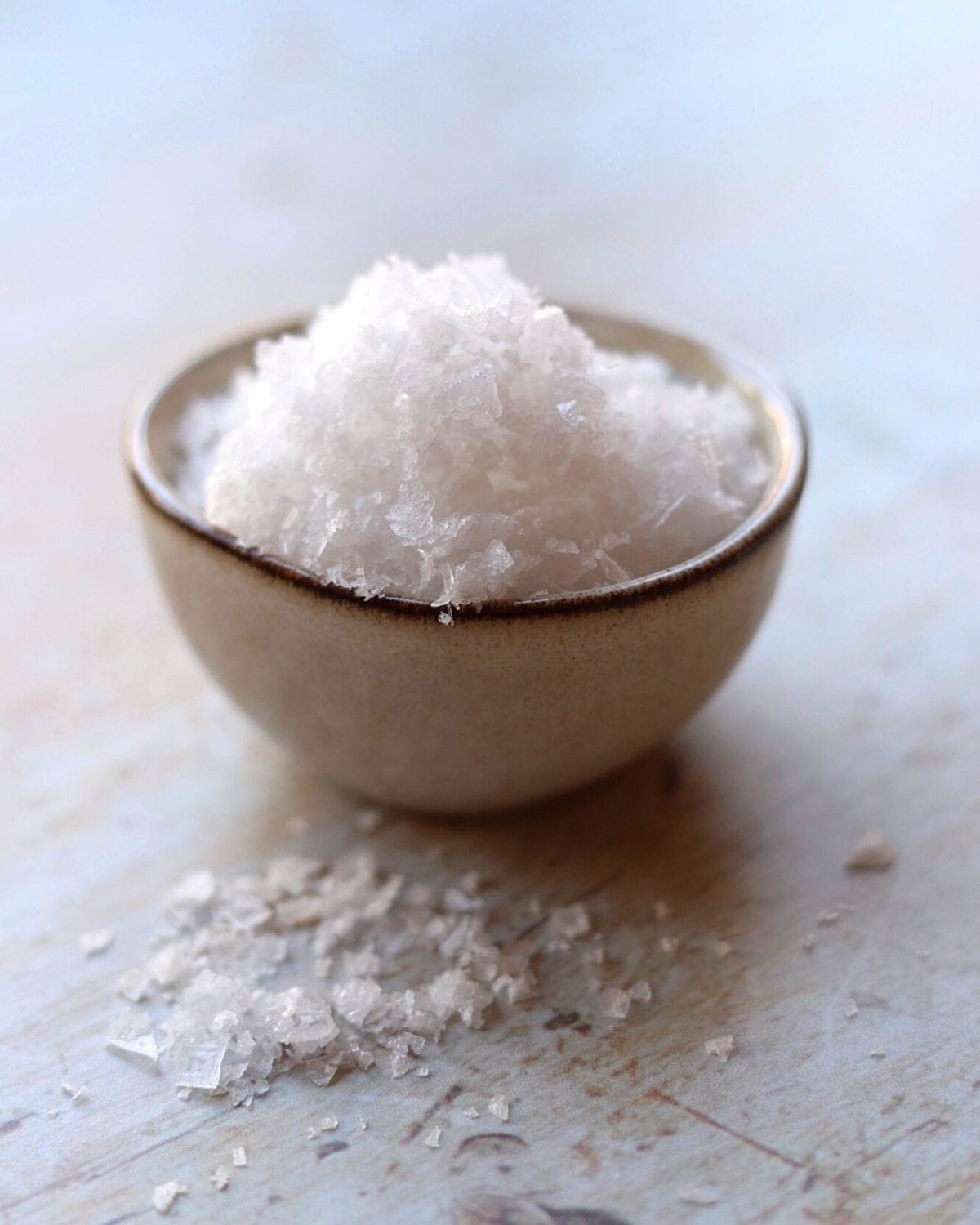
Salt is valued not only for being an essential mineral for human survival, but as an excellent flavour enhancer capable of transforming dishes and elevating flavours.
For flavour, salt comprises one of our five basic tastes of salty, sweet, sour, bitter and umami.
It is also one of the oldest form of food seasonings, and has been one of the best known methods of food preservation, particularly for meat, for thousands of years.
The universal need for salt made it an important commodity for trade in ancient times, while its scarcity at times led to war or high taxes.
Fun fact: All cooking salt is sodium chloride and originally comes from seawater whether it is produced from salt mines or through the evaporation of sea or ocean water.
Different salts have their own unique flavour and texture depending on their mineral composition, the environment they are harvested from and the type of evaporation technique used.
Some salts are refined to remove other trace minerals while others have additives such as anti-caking agents or iodine to prevent goitre.
Salt forms as crystals which come in a variety of textures, from fine granules to coarser varieties and larger flakes. Their colour ranges from bright white to grey, pink or even black.
Jump to:
- Table salt
- Fleur de Sel
- Sel gris
- Kosher salt
- Maldon salt
- Hawaiian salt
- Himalayan pink salt
- Pickling salt
- Himalayan Black Salt/ Kala Namak
- Seasoned salts
- Your questions answered
- Recipes that use salt in interesting ways
- Incredible Vegan Egg Salad (So Realistic!)
- How to Cure Salmon – Lox Recipe
- The Best German Sauerkraut You Will Ever Eat
- Jerked Beef
- Salt Potatoes
- Smoked Salt
- Vegetable Broth Powder | All-Purpose Seasoning
- French Hot Chocolate With Salt
- NO-BAKE SALTED CARAMEL PECAN CHOCOLATE PIE
- SALTED CHOCOLATE CHIP COOKIES
- You may also like …
- Reviews
Table salt
This is a white fine salt made up of tiny crystals. It is a refined salt made up of 97-99% sodium chloride with an anti-caking agent so it does not clump up and is easy to pour.
While iodine is naturally present in salt, sometimes extra iodine is added, to prevent iodine deficiency, which can give a slightly bitter taste.
It is an inexpensive salt and the most commonly used. Use it with moderation as it is easy to over-salt a dish.
Uses: This salt dissolves easily and is commonly used in soups, stews, stocks, curries and in baking.
Fleur de Sel
Fleur de sel or Flower of salt, is a natural sea salt which has been harvested since ancient times.
It forms through the evaporation of salt water in shallow salt marshes. A delicate top layer of salt which floats on the surface is gently harvested with a wooden rake and then dried in the sun.
These white irregular crystals resembling a flower design, are rich in natural minerals.
Fleur de sel is regarded as the finest finishing salt and the most expensive. It has an off white colour and a unique and delicate flavour which enhances the flavour of all foods.
Its higher moisture content makes it taste less salty and allows it to hold its shape, as it melts slower than other salts which have been dried for a longer amount of time.
It is regarded as a fine salt and is better suited as a garnish than a cooking salt.
The best fleur de sel is from Guérande in Brittany, France. A similar salt produced in Sicily is Trapani salt.
Uses: For steaks, focaccia, fish, meats, vegetables, chocolate, pretzels, caramel or rimming a cocktail glass.
Sel gris
The salt that sinks to the bottom of a salt pan becomes grey from the clay and is later harvested as sel gris.
Minerals from the bottom of these pools give this salt a unique flavour and it has a high magnesium content.
It is a coarse salt with a high moisture content and has a mild amount of saltiness.
Uses: It is expensive but less so than the fleur de sel, and well suited for any type of cooking.
Kosher salt
Kosher salt is a commonly used cooking or finishing salt.
Its original purpose was for salting meats in dry-brining for koshering, to cleanse and draw out any blood in accordance with Jewish dietary law.
As the crystals are large and irregular, they melt into to the surface of the meat absorbing excess moisture.
If you have made Eggplant Parmesan, you will be familiar with the process of dry brining where slices of eggplant are salted with kosher salt to draw out excess moisture for quick cooking and browning.
Kosher salt is often extracted through mining, and sometimes from sea water. As it is a coarse salt it does not usually contain anti-caking agents.
It looses its iodine content during the drying process and it is not fortified.
The top two brands are Morton (less coarse) and Diamond Crystal (with larger crystals).
Uses: Dry brining, all-purpose seasoning during cooking, salting water for pasta. It is not suitable for baking due to its bulkiness and imprecision in measuring but can be used if ground to the consistency of table salt.
Maldon salt
Maldon sea salt flakes are produced in Essex, England.
These soft crunchy flakes have a large surface area and are shaped like small pyramids.
They have a clean flavour and high moisture content so they are not terribly salty.
Maldon salt is an excellent finishing salt and one we use frequently.
Uses: For grilled meats, poultry, fish and vegetables
Hawaiian salt
This is harvested from the sea and then dried in beds of red or black volcanic rock.
It gives the two salts their characteristic colours of red brick or black. Both are high in minerals from volcanic rock, in particular iron oxide.
Unfortunately this process is not properly regulated so caution must be exercised when buying these coloured salts.
Himalayan pink salt
This is a naturally coloured pink salt which comes from mines in Punjab, Pakistan.
It does not have a uniform colour and differs in hue ranging from a pale pink to a deeper brick colour, depending on the area it was mined and amounts of trace minerals, such as iron oxide, contained within it.
It is not as salty as sea salt and is sold in various textures ranging from fine to coarser crystals.
It should be noted that Himalayan pink salt is drier and therefore harder than sea salt which has a higher moisture content allowing for easier grinding.
Uses: Due to its low moisture content Himalayan salt melts quicker than sea salt making it suitable for salads and dishes that do not require long cooking times, while sea salt is better as a finishing salt for meats especially steaks, pretzels, and as a garnish on chocolate desserts (see below for examples).
Pickling salt
Pickling salt is a very fine salt, it is pure sodium chloride and does not contain any additives which could interfere with the pickling process.
Crushed Kosher salt would be a suitable substitute as long as it does not contain an anti-caking agent, or Maldon salt, which is more expensive.
Uses: in the canning and preparation of pickles.
Himalayan Black Salt/ Kala Namak
Kala Namak is a kiln fired rock salt, produced in a South Asia.
The rock salt is placed in a jar along with other spices and some charcoal. It is heated to high temperatures for 24 hours, till it melts and a chemical reaction occurs. It is then cooled to restore it to its solid state and store to age it.
Black salt is sold in large chucks or finely ground. The large crystals range from a brownish pink to dark violet, and when ground, it can be anywhere from purple to pink.
Kala namak is salty and rich in minerals with a slightly sour taste and quite a pungent smell similar to sulfur. It should be used in small amounts as too much can ruin a dish.
Uses: Black salt is used throughout South Asia for chutneys, salads, chaats, raitas, spice mixes (like Jiralu), and other savoury snacks. It is also used as a popular substitution for eggs in many vegan recipes.
Seasoned salts
As salt tends to absorb aromas and flavours easily dried ingredients such as celery, garlic, chipotle, mushroom and truffle may be added to create different flavoured salts.
Spices and herbs can be combined with salt to create seasonings such as Creole spice mix or chicken seasoning for roasting or grilling and Middle Eastern Baharat spices for a traditional Machboos rice based dish.
Smoked salts absorb the aroma of whatever type of wood they are smoked with and add a smoky flavour to a dish.
Uses: Seasoned salts are used on meats, poultry, seafood and vegetables, for grilling, roasting, slow-cooking, marinading, seasoning and even for flavoured butter.
Your questions answered
Season to taste means adding enough salt or pepper to make a dish taste good. The amount will vary according to an individual’s tastes or any health concerns. Also, while table salt is a fine salt, Maldon or kosher salt consists of larger crystals therefore measurements will vary according to their different textures and level of saltiness.
A finishing salt is normally used before serving or it can be placed on the table to further enhance dishes to one’s taste. It is a coarser salt with a delicate flavour and less salty than other salts. To ensure an even distribution of salt, use fingers to take a generous amount and crush it gently, sprinkling from several inches above the food.
Store salt in an airtight container to prevent moisture making it damp, and strong odours from affecting the flavour. For cooking, keep salt in a salt pig at a hands reach to the stove. This will make it easier to season dishes while cooking.
The British NHS recommends the recommended daily amount (RDA) of salt for adults should not exceed 6g (2.4g of sodium) per day.
Find more useful tips for the homecook such as how to select a good olive oil and why you should not overcrowd the pan.
Recipes that use salt in interesting ways
This vegan egg salad uses black salt powder to give the tofu an egg-like flavour.
This Lox recipe uses smoked sea salt to cure salmon.
Pickling salt is used in this next recipe to make German sauerkraut.
This jerked beef is prepared using kosher salt.
These salt potatoes are boiled in Maldon salt.
This recipe for smoked salt uses coarse sea salt.
This vegetable broth powder is made using celery salt.
Something different, this hot chocolate is topped with a coarse sea salt.
This no-bake pie has a layer of salted caramel pecans, topped with a chocolate filling and a sprinkling of coarse sea salt.
Maldon sea salt flakes balance out the rich dark chocolate in these salted chocolate chip cookies.
Did you make any of these recipes? Let us know your thoughts in the comments below.

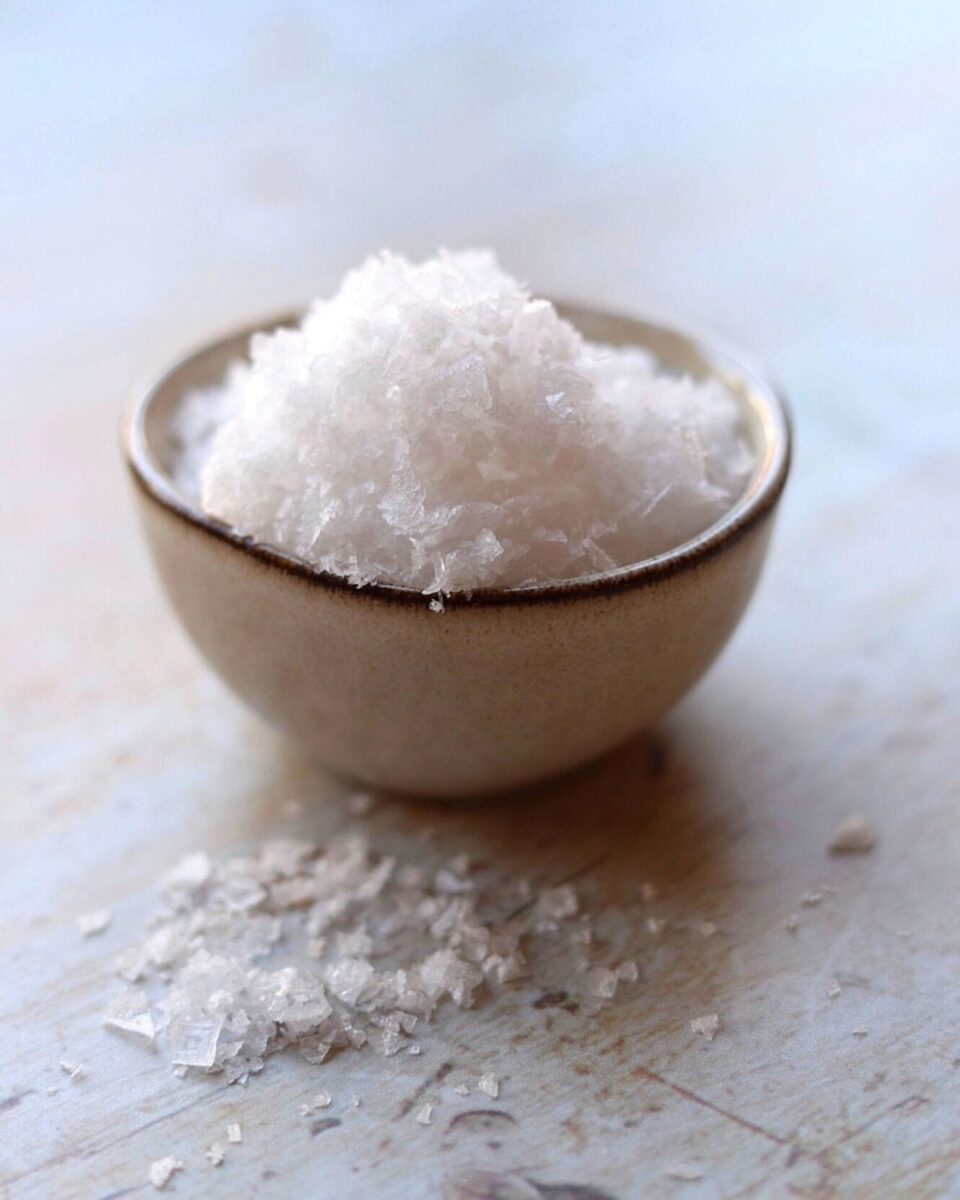
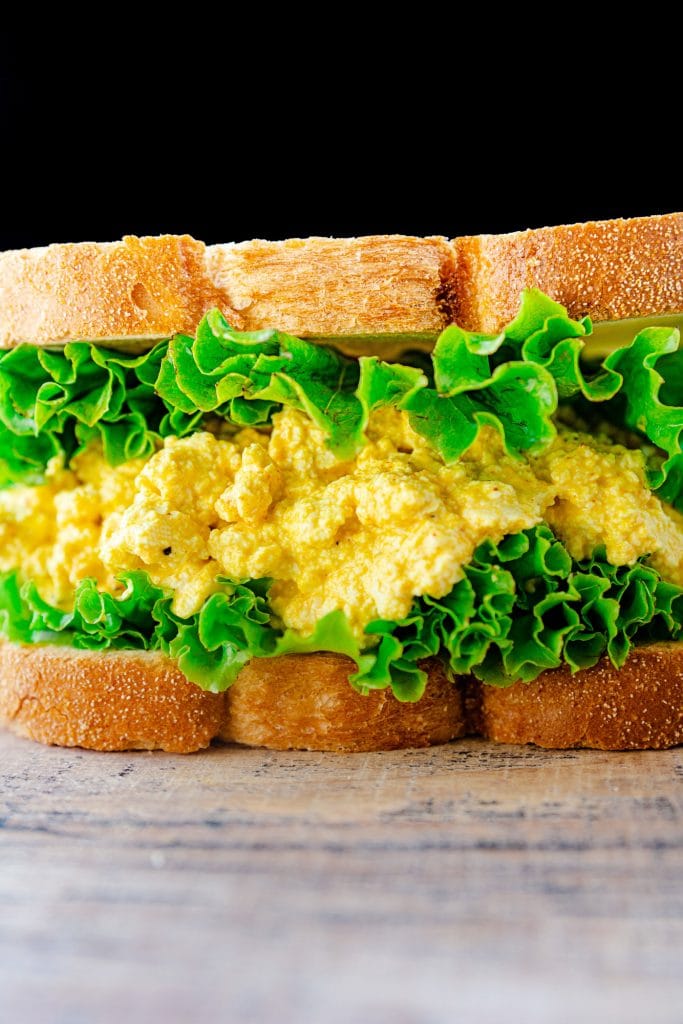
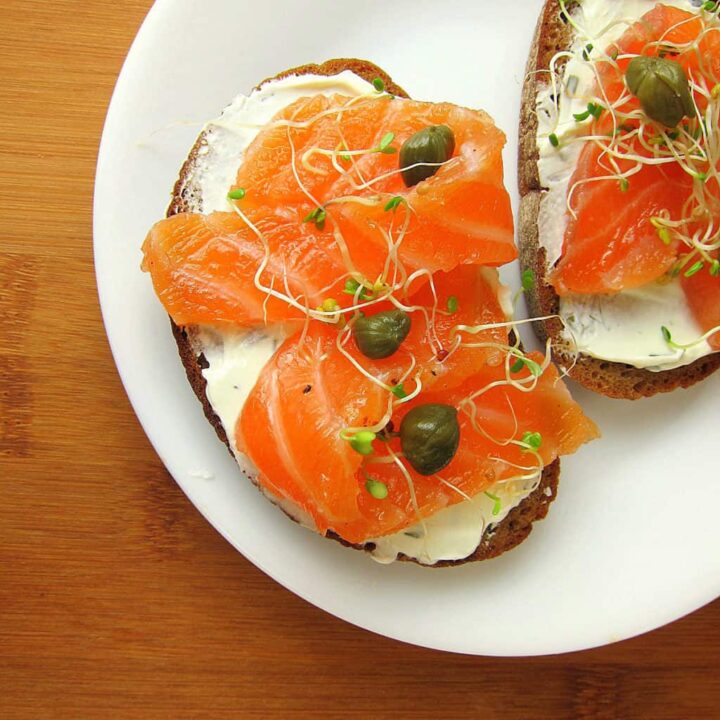
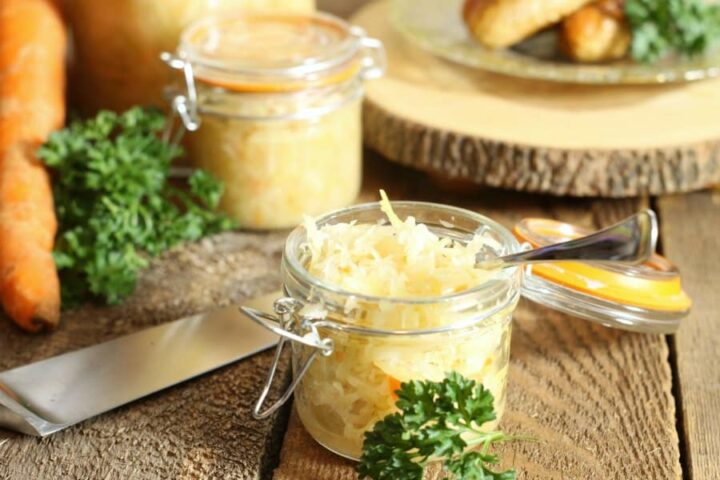
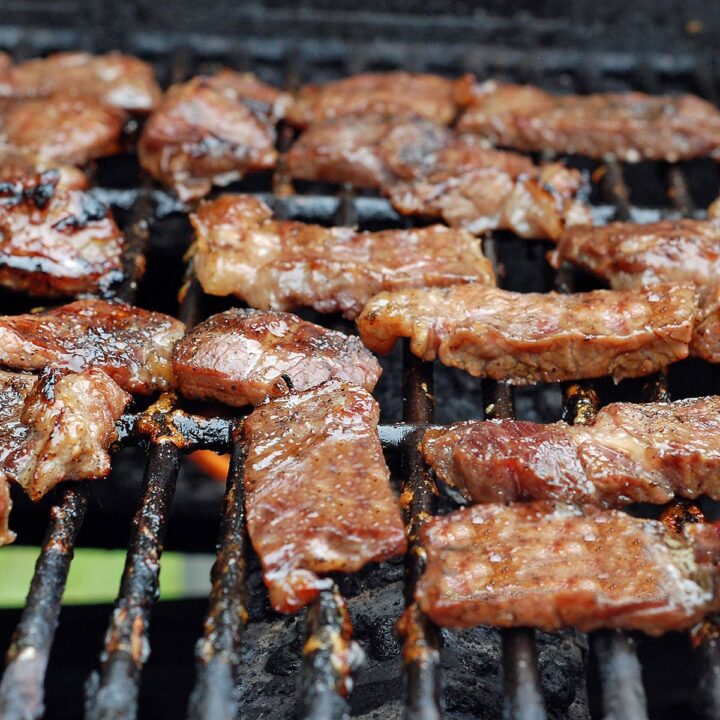
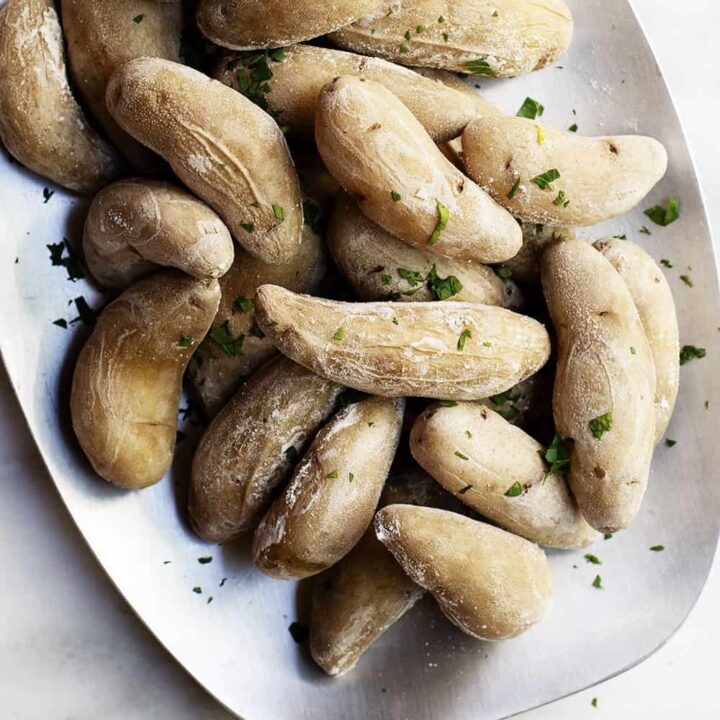
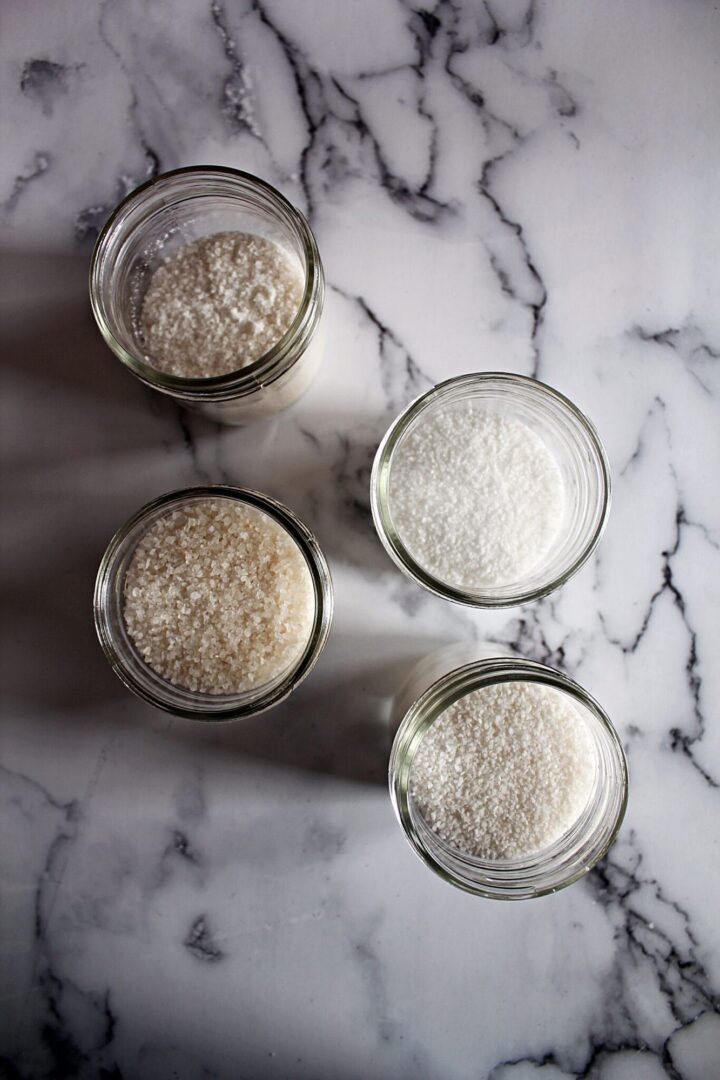
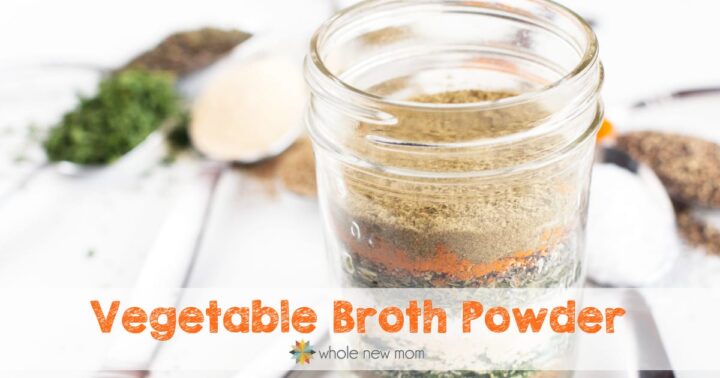
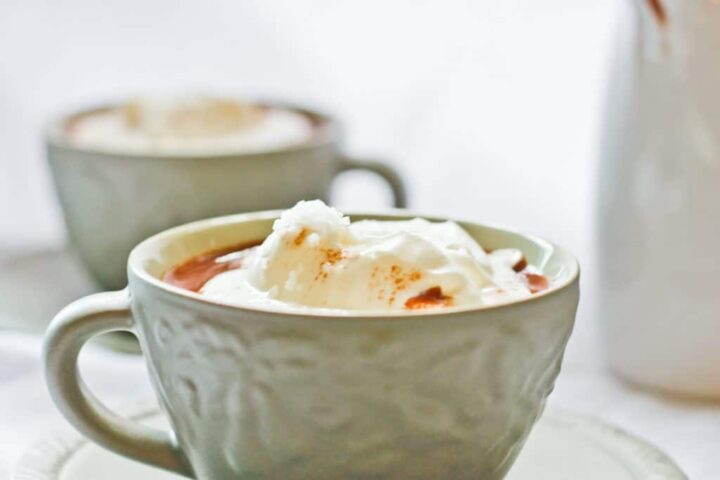
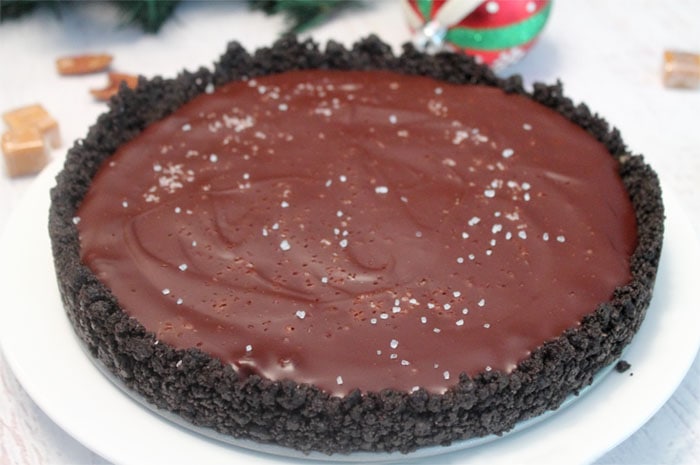

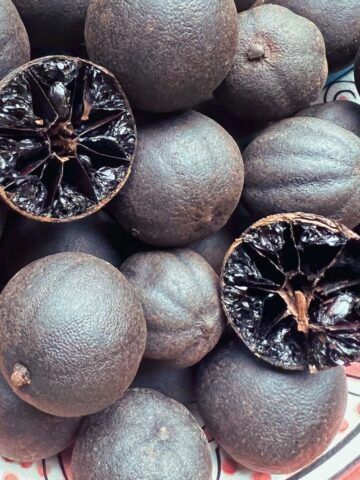
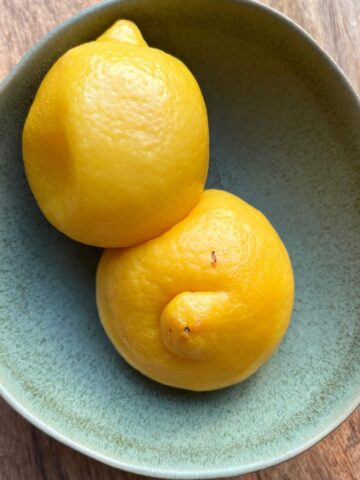
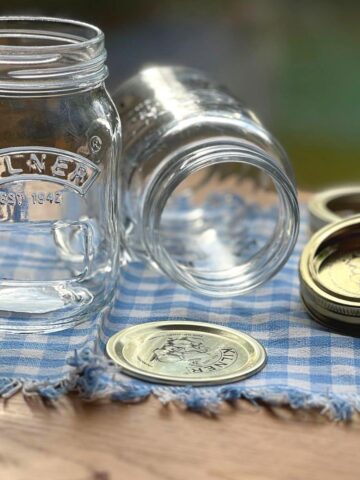
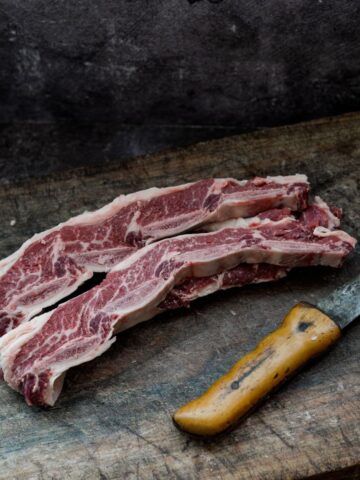
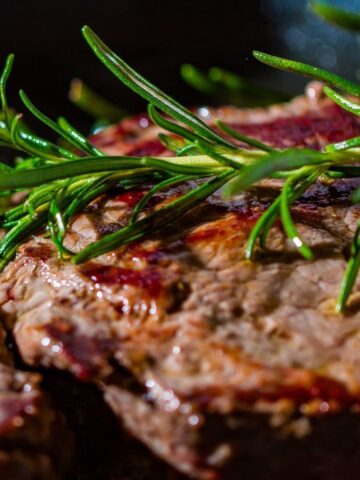
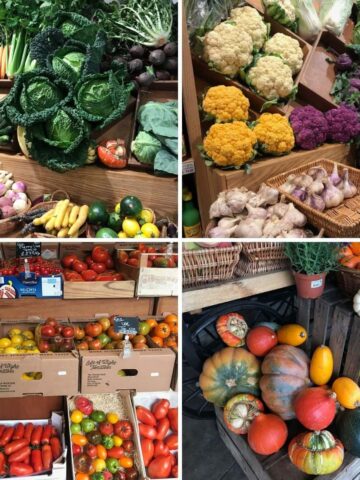
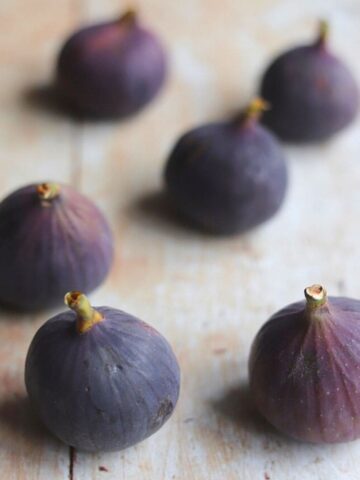
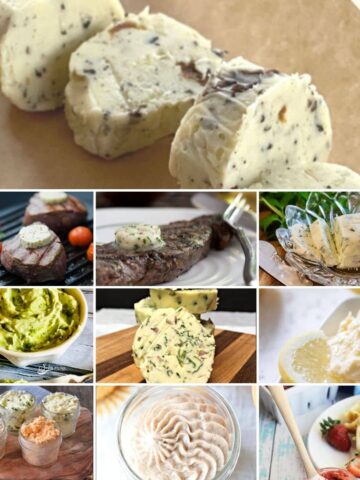
Comments
No Comments